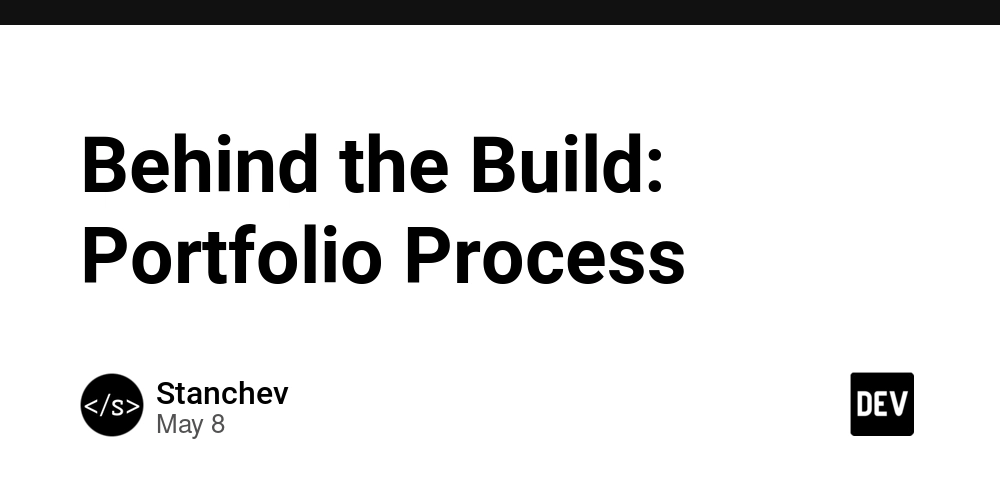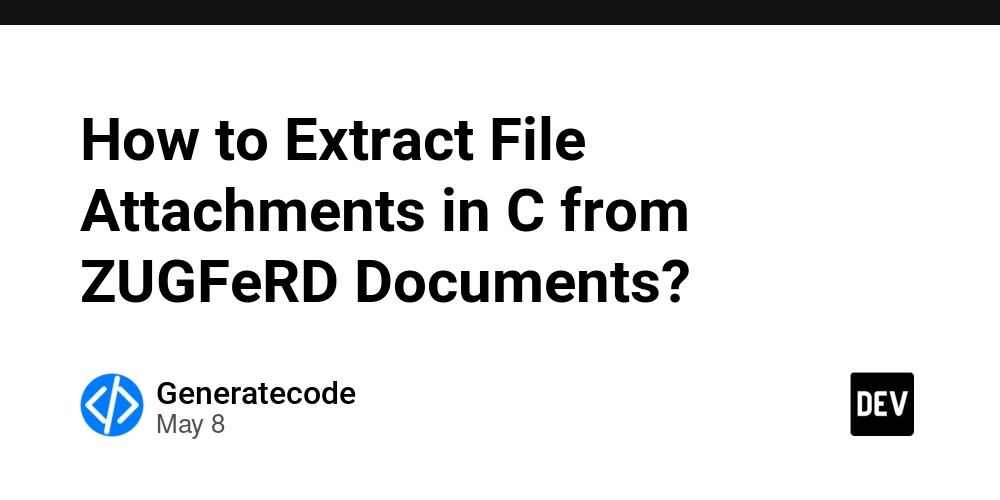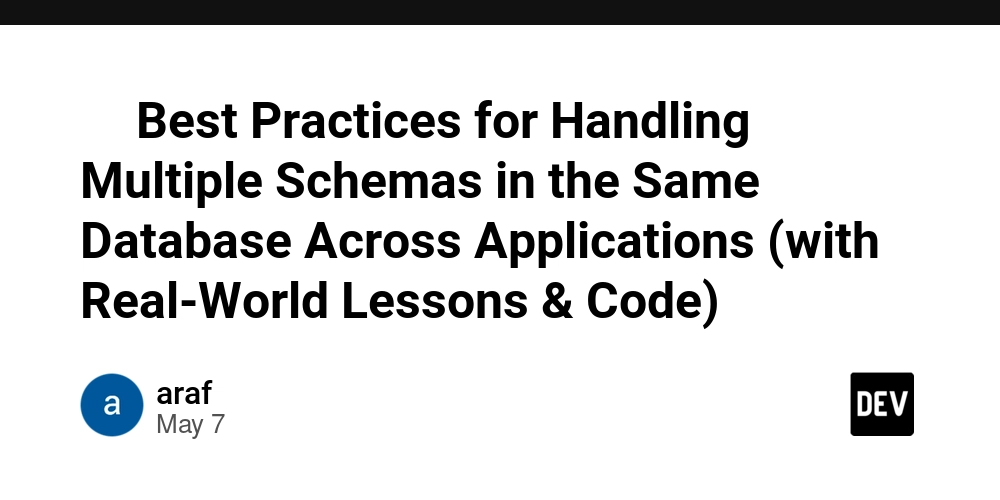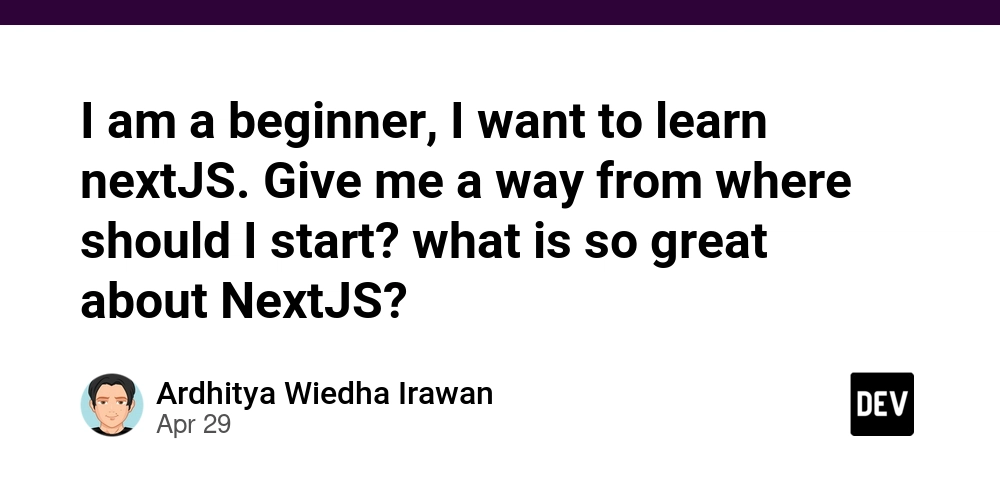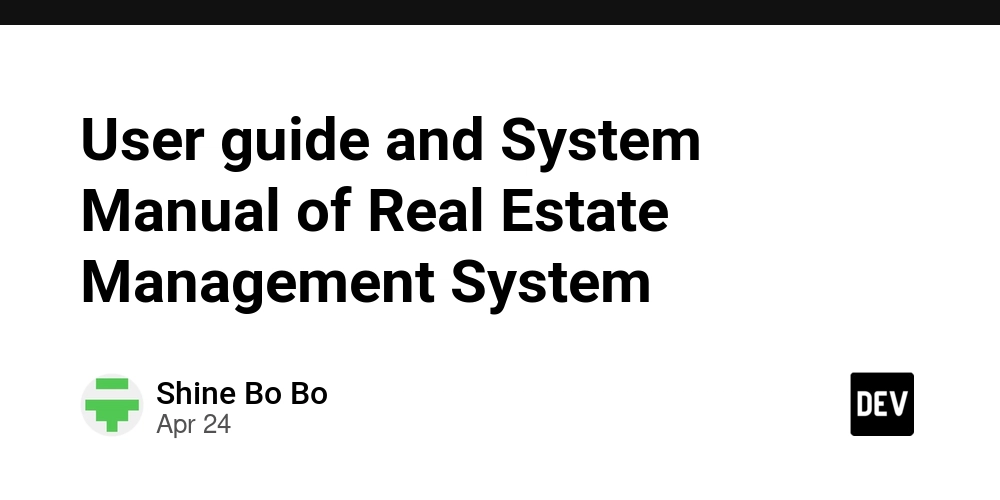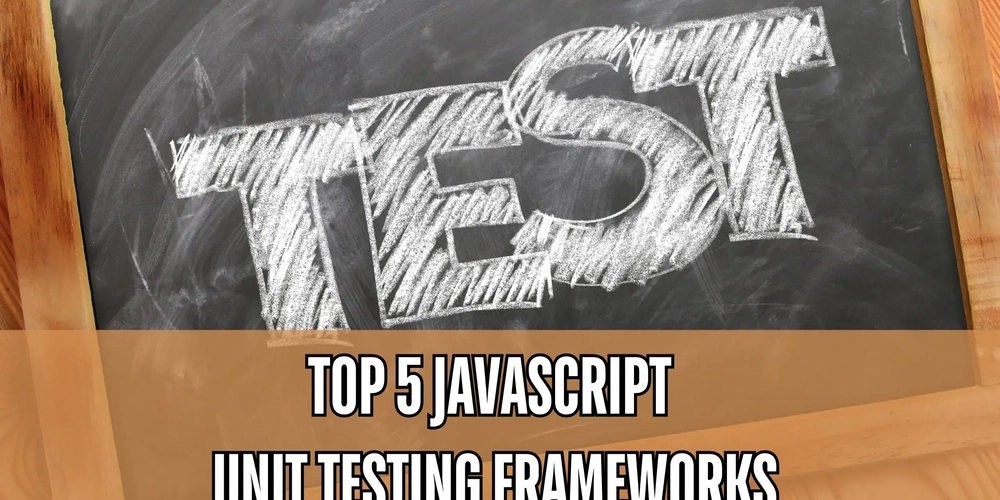The Future of Blockchain Project Funding and Open Source Sustainable Innovations
Abstract: This post explores the transformative intersection of blockchain project funding and open source sustainable innovations. We review the evolution of funding models—from early donation-driven support to modern decentralized finance initiatives—and dive into technical and financial mechanisms powering global innovations. Through historical context, core features, use cases, challenges, and future prospects, this guide provides a holistic understanding of how community-driven funding and decentralized governance are reshaping the open source and blockchain landscapes. Key real-world examples, such as the Zora NFT Collection, Zed Run NFT Collection, and The Sandbox Assets NFT Collection, illustrate the practical impact of these trends. Introduction Blockchain technology and open source innovation are dramatically altering the way we fund, develop, and sustain technology. The synergy between blockchain funding models—such as ICOs, venture capital investments, and distributed finance—and open source projects delivered through community collaboration is reshaping global markets. In this post, we take an in-depth look at the evolution of both systems, unpack core technical features, and explore real-world applications. Our discussion also integrates insights from thought leaders, including perspectives from License Token’s original article and related Dev.to posts. By examining how systems like GitHub Sponsors and Open Collective empower developers, we reveal the intricate balance between innovation, regulatory compliance, and financial sustainability. This post aims to provide technical experts, investors, and developers with a roadmap to navigate these exciting yet complex funding paradigms. Background and Context The journey of open source funding and blockchain project financing has been revolutionary. Historically, open source software thrived through volunteer contributions and grassroots donations. Projects such as Linux and WordPress rose to prominence by fostering robust community involvement. Later, with increasing complexity and scale, sustainable funding models emerged that incorporated corporate sponsorships and freemium services. For instance, the Linux Foundation’s ecosystem, which includes Node.js and Hyperledger, became a benchmark for community-led technical innovation. On the blockchain front, Initial Coin Offerings (ICOs) in 2017 created a new era of community-based investment. Despite regulatory challenges and market volatility, these models helped early-stage blockchain startups secure capital. Today, blockchain funding has matured to embrace more secure mechanisms like Initial Exchange Offerings (IEOs) and Security Token Offerings (STOs). This evolution has paved the way for hybrid funding models in projects such as Elasticsearch and Kubernetes. As these two domains converge, both ecosystems now benefit from: Transparency: Open source licensing and blockchain immutability build trust. Decentralized Governance: Community-powered decision-making is central to both fields. Diverse Funding Streams: From donation-driven models to corporate sponsorships and tokenized assets, diverse financial strategies ensure long-term sustainability. This background sets the stage for understanding the core concepts in the upcoming sections. Core Concepts and Features In blending blockchain project funding with open source innovations, several key concepts emerge that are essential for sustainable technological development: Open Source Funding Paradigms Historically, open source projects relied on ad hoc donations, volunteer contributions, and corporate support. Over time, several funding methods have emerged: Direct Donations: Platforms like Open Collective enable communities to receive recurring donations, ensuring a steady stream of funds. Corporate Sponsorship: Major technology firms sponsor projects such as those overseen by the Mozilla Foundation to secure a reliable financial base. Freemium and Dual Licensing Models: Some projects, like Elasticsearch, combine open source fundamentals with premium services to generate revenue. These strategies allow projects to maintain financial stability while preserving open access and community-focused development. Blockchain Funding Models Blockchain projects have developed unique funding structures to support rapid innovation: Initial Coin Offerings (ICOs): Early-stage projects raised capital via token sales, enabling community investment and broad participation. Venture Capital Investments: The infusion of traditional finance, particularly in mature blockchain ecosystems, has helped projects scale sustainably. IEOs/STOs: These modern approaches enhance transparency and regulatory compliance by incorporating exchange oversight and token security standards. The integration of these funding models into the open source space has yielded: Improved Accountability: Sm

Abstract:
This post explores the transformative intersection of blockchain project funding and open source sustainable innovations. We review the evolution of funding models—from early donation-driven support to modern decentralized finance initiatives—and dive into technical and financial mechanisms powering global innovations. Through historical context, core features, use cases, challenges, and future prospects, this guide provides a holistic understanding of how community-driven funding and decentralized governance are reshaping the open source and blockchain landscapes. Key real-world examples, such as the Zora NFT Collection, Zed Run NFT Collection, and The Sandbox Assets NFT Collection, illustrate the practical impact of these trends.
Introduction
Blockchain technology and open source innovation are dramatically altering the way we fund, develop, and sustain technology. The synergy between blockchain funding models—such as ICOs, venture capital investments, and distributed finance—and open source projects delivered through community collaboration is reshaping global markets. In this post, we take an in-depth look at the evolution of both systems, unpack core technical features, and explore real-world applications. Our discussion also integrates insights from thought leaders, including perspectives from License Token’s original article and related Dev.to posts.
By examining how systems like GitHub Sponsors and Open Collective empower developers, we reveal the intricate balance between innovation, regulatory compliance, and financial sustainability. This post aims to provide technical experts, investors, and developers with a roadmap to navigate these exciting yet complex funding paradigms.
Background and Context
The journey of open source funding and blockchain project financing has been revolutionary. Historically, open source software thrived through volunteer contributions and grassroots donations. Projects such as Linux and WordPress rose to prominence by fostering robust community involvement. Later, with increasing complexity and scale, sustainable funding models emerged that incorporated corporate sponsorships and freemium services. For instance, the Linux Foundation’s ecosystem, which includes Node.js and Hyperledger, became a benchmark for community-led technical innovation.
On the blockchain front, Initial Coin Offerings (ICOs) in 2017 created a new era of community-based investment. Despite regulatory challenges and market volatility, these models helped early-stage blockchain startups secure capital. Today, blockchain funding has matured to embrace more secure mechanisms like Initial Exchange Offerings (IEOs) and Security Token Offerings (STOs). This evolution has paved the way for hybrid funding models in projects such as Elasticsearch and Kubernetes.
As these two domains converge, both ecosystems now benefit from:
- Transparency: Open source licensing and blockchain immutability build trust.
- Decentralized Governance: Community-powered decision-making is central to both fields.
- Diverse Funding Streams: From donation-driven models to corporate sponsorships and tokenized assets, diverse financial strategies ensure long-term sustainability.
This background sets the stage for understanding the core concepts in the upcoming sections.
Core Concepts and Features
In blending blockchain project funding with open source innovations, several key concepts emerge that are essential for sustainable technological development:
Open Source Funding Paradigms
Historically, open source projects relied on ad hoc donations, volunteer contributions, and corporate support. Over time, several funding methods have emerged:
- Direct Donations: Platforms like Open Collective enable communities to receive recurring donations, ensuring a steady stream of funds.
- Corporate Sponsorship: Major technology firms sponsor projects such as those overseen by the Mozilla Foundation to secure a reliable financial base.
- Freemium and Dual Licensing Models: Some projects, like Elasticsearch, combine open source fundamentals with premium services to generate revenue.
These strategies allow projects to maintain financial stability while preserving open access and community-focused development.
Blockchain Funding Models
Blockchain projects have developed unique funding structures to support rapid innovation:
- Initial Coin Offerings (ICOs): Early-stage projects raised capital via token sales, enabling community investment and broad participation.
- Venture Capital Investments: The infusion of traditional finance, particularly in mature blockchain ecosystems, has helped projects scale sustainably.
- IEOs/STOs: These modern approaches enhance transparency and regulatory compliance by incorporating exchange oversight and token security standards.
The integration of these funding models into the open source space has yielded:
- Improved Accountability: Smart contracts ensure automated, traceable fund management.
- Enhanced Community Involvement: Decentralized Autonomous Organizations (DAOs) make community voting on project directions possible.
- Multipath Revenue: Hybrid financial models that include NFTs and blockchain tokens have diversified funding sources.
Integration and Overlap
One of the most exciting aspects of modern technology development is the convergence of these two paradigms. Key overlapping features include:
- Transparent Licensing: Open source licenses, as detailed in the Copyleft Licenses Ultimate Guide, complement blockchain’s immutable records.
- Decentralized Governance: Both ecosystems rely on collective decision-making, making decentralized funding a natural evolution.
- Technical Innovation: Combined frameworks yield innovative products that benefit from global community input and financial sustainability.
Below is a table summarizing key differences and overlaps:
| Aspect | Open Source Funding | Blockchain Funding |
|---|---|---|
| Primary Models | Donations, Corporate Sponsorship, Freemium | ICOs, VC Investments, IEOs and STOs |
| Governance | Community-driven, Transparent Licensing | Decentralized, Token-Based Voting |
| Transparency | Open code, Public Repositories | Immutable blockchain records, Smart Contracts |
| Sustainability | Reliant on continuous contributions and sponsorships | Institutional investment with regulatory compliance |
| Challenges | Volunteer burnout, fragmentation | Market volatility, regulatory uncertainties |
Applications and Use Cases
The blending of blockchain and open source funding has produced innovative projects across diverse sectors. Below, we explore several practical applications:
Use Case 1: Sustainable Open Source Software
Projects such as WordPress and Linux operated using a mixture of direct donations and corporate support. By adopting models that integrate freemium services, these platforms have grown exponentially. They can now support continuous updates, robust security measures, and horizontal scaling.
Key benefits include:
- Increased reliability through corporate and community collaboration.
- Scalability enabled by hybrid funding models.
- Enhanced security through regular updates and community-driven audits.
Use Case 2: Decentralized Finance (DeFi) and Blockchain Applications
Modern blockchain applications are leveraging decentralized finance (DeFi) to offer new funding channels for projects. Platforms like Ethereum have raised funds by deploying smart contracts that guarantee transparency and security. These projects benefit from liquidity pools, tokenization of assets, and automated governance models.
Notable examples include:
- Ethereum-based Projects: These projects integrate smart contracts and DAOs to automate decision-making.
- NFT-Focused Models: Collections such as Zed Run and The Sandbox Assets illustrate how tokenization enables direct micro-funding for art and digital assets.
Use Case 3: Hybrid Funding in Emerging Markets
Hybrid platforms are emerging that combine traditional venture capital with decentralized funding mechanisms. These platforms cater to startups by providing a diversified revenue stream that can include donations, token sales, and corporate sponsorship. This approach ensures projects are less vulnerable to market instability and regulatory hurdles.
Bullet list highlighting benefits:
- Innovative Revenue Streams: Combining ICOs, NFT tokenization, and sponsorship creates multiple funding avenues.
- Decentralized Decision Making: DAO-driven governance empowers community stakeholders.
- Transparency: Blockchain-based tools ensure secure and traceable financial transactions.
- Scalability: Hybrid funding supports long-term growth through diversified revenue sources.
Challenges and Limitations
Despite promising innovations, the integration of blockchain funding and open source projects encounters several challenges:
Regulatory and Legal Hurdles
- Regulatory Uncertainty: ICOs, IEOs, and STOs continue to face evolving regulatory scrutiny. Projects must adapt quickly as standards change.
- Legal Framework Complexity: Open source licensing sometimes clashes with jurisdictional IP laws, complicating enforcement.
- Data Privacy Issues: With initiatives such as Firefox Data Sharing Privacy, balancing transparency with user privacy remains a critical challenge.
Market and Sustainability Risks
- Market Volatility: Blockchain projects, particularly those funded via token sales, are subject to rapid market fluctuations that can threaten financial stability.
- Volunteer Burnout: Open source development often relies on unpaid contributions, leading to potential burnout and loss of momentum.
- Adoption Barriers: Technical complexity and interoperability issues between blockchain systems can restrict mainstream adoption.
Technical Complexity and Security
- Integration Challenges: Merging traditional open source infrastructure with blockchain-powered smart contracts demands advanced technical proficiency.
- Security Vulnerabilities: Open systems are inherently exposed to hacking attempts, and immutable blockchain records require rigorous security audits.
- Governance Coordination: Decentralized governance models can lead to conflicts or slow decision-making processes when multiple stakeholders have diverging interests.
Future Outlook and Innovations
Looking forward, the continual convergence of blockchain funding and open source software promises to yield even greater innovations. Several emerging trends are likely to shape the future landscape:
Advancing Decentralized Governance
- Enhanced Community Participation: Decentralized governance via DAOs and token-based voting will further empower stakeholders, ensuring that community voices drive project evolution.
- Improved Financial Tools: New real-time analytics and fund-tracking tools will increase transparency and build trust among contributors.
- Interoperability Solutions: Innovations in interoperability protocols will allow seamless integration between various blockchain systems and traditional open source infrastructures.
Hybrid Funding Models and Tokenization
- Tokenization of Digital and Physical Assets: The rise of NFTs and fractional ownership models will unlock previously untapped revenue streams. For example, tokenized art collections and blockchain-based digital media are emerging as promising funding models.
- Hybrid Investment Platforms: Future platforms may combine venture capital with grassroots funding methods; this evolution will cushion projects against market risks and enable long-term sustainability.
- Green Blockchain Initiatives: Energy-efficient blockchain protocols and eco-friendly projects are gaining importance, aligning technology with global sustainability goals.
Industry Impact and Predictions
- Wider Adoption of Open Source in Enterprise: Following successful examples such as Kubernetes and the Linux Foundation projects, more corporations will likely adopt open source solutions paired with blockchain funding strategies.
- Increased Institutional Involvement: As regulatory frameworks mature, more institutional investors will enter the space, enhancing the stability and longevity of decentralized projects.
- Cross-Sector Collaboration: Collaborative initiatives involving technology vendors, regulators, and community developers will drive wider awareness and adoption of these innovative funding models.
Summary
The fusion of blockchain funding and open source sustainable innovations is redefining how projects are financed, built, and maintained. By merging traditional financial support systems with cutting-edge decentralized technology, the digital landscape is evolving into a more transparent, accountable, and community-driven ecosystem. Key takeaways include:
- Diverse Funding Strategies: Embracing donations, corporate sponsorship, tokenization, and venture capital enriches project sustainability.
- Decentralized Governance: Empowering communities through DAOs and token-based voting ensures equitable and transparent decision-making.
- Technical Advancements: Innovations in smart contracts, interoperability, and green blockchain practices are setting the stage for next-generation projects.
For further reading and to gain additional perspectives, you can explore related insights from Dev.to posts such as:
- License Token: How Technology is Revolutionizing Open Source Compliance
- The Emergence and Impact of Gitcoin Token GTC in the Web3 Ecosystem
- Achieving Financial Independence for Open Source Projects
The future is bright for those who combine technical excellence with innovative funding solutions. The evolving models discussed here not only enable the growth of digital ecosystems such as Zora NFT Collection, Zed Run NFT Collection, and The Sandbox Assets NFT Collection but also empower developers and communities worldwide to drive the next wave of technological change.
By leveraging a blend of open source principles and blockchain’s secure, transparent, and decentralized funding mechanisms, the global technology ecosystem is poised for unprecedented innovation and sustainability. As legal frameworks improve, and new technological advancements emerge, stakeholders—from individual developers and community contributors to institutional investors—will continue to shape a future where open collaboration and financial sustainability go hand in hand.
Final Thoughts
In summary, the intersection of blockchain and open source funding is a powerful force driving progress in software development and digital innovation. Projects that secure diverse financial models while maintaining community trust are best positioned to overcome challenges and thrive globally. This revolution in funding not only accelerates technological breakthroughs but also ensures a transparent, inclusive, and sustainable future for the entire digital ecosystem.
Whether you are an investor, developer, or policymaker, understanding these trends and integrating solutions from both blockchain and open source spheres is essential. Embrace the future by harnessing the benefits of decentralized governance, secure smart contracts, and community-driven support—paving the way for a world where technology benefits us all.
Keywords: blockchain funding, open source innovation, decentralized governance, ICO, DAO, NFT funding, sustainable technology, hybrid funding models, smart contracts, cryptocurrency, open source sustainability.
By keeping an eye on emerging trends and challenges, stakeholders can effectively harness these technologies to secure a resilient, innovative, and financially sustainable future in the rapidly evolving digital world.























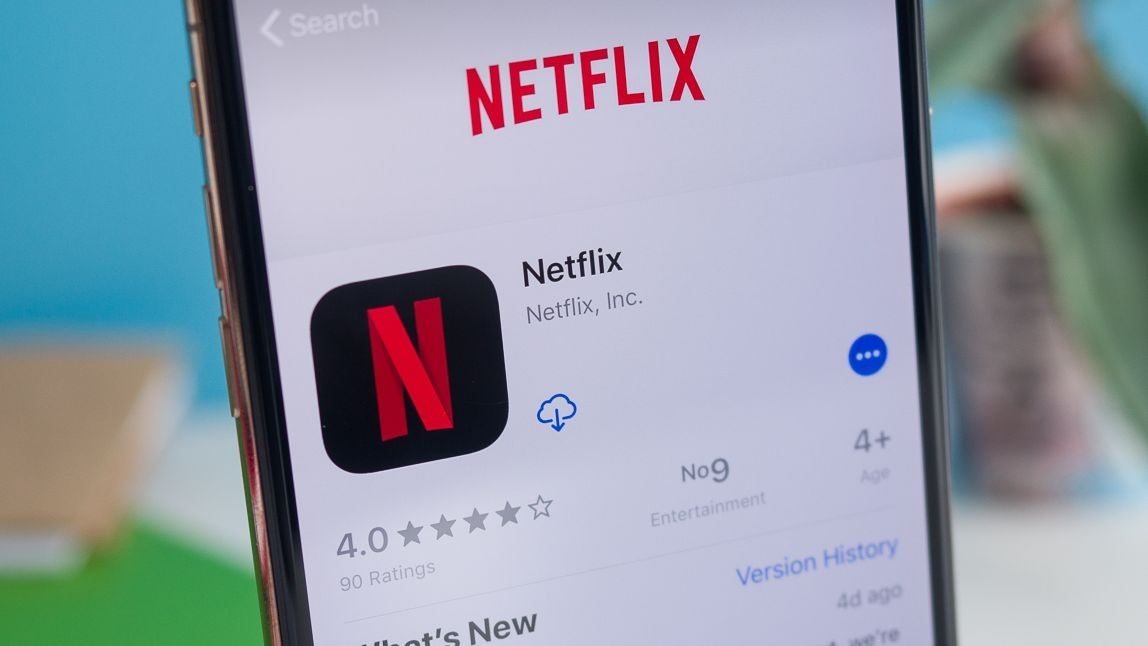
















































![Beats Studio Pro Wireless Headphones Now Just $169.95 - Save 51%! [Deal]](https://www.iclarified.com/images/news/97258/97258/97258-640.jpg)















![Honor 400 series officially launching on May 22 as design is revealed [Video]](https://i0.wp.com/9to5google.com/wp-content/uploads/sites/4/2025/05/honor-400-series-announcement-1.png?resize=1200%2C628&quality=82&strip=all&ssl=1)
















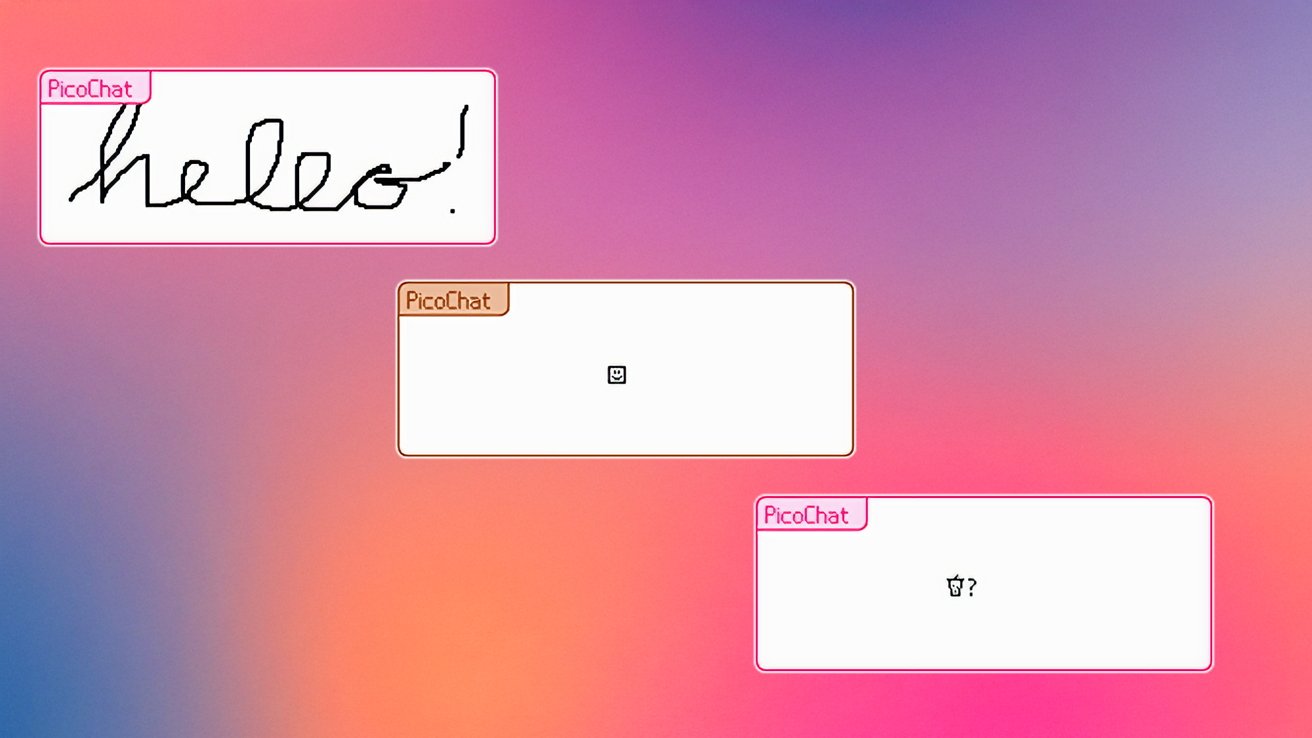








































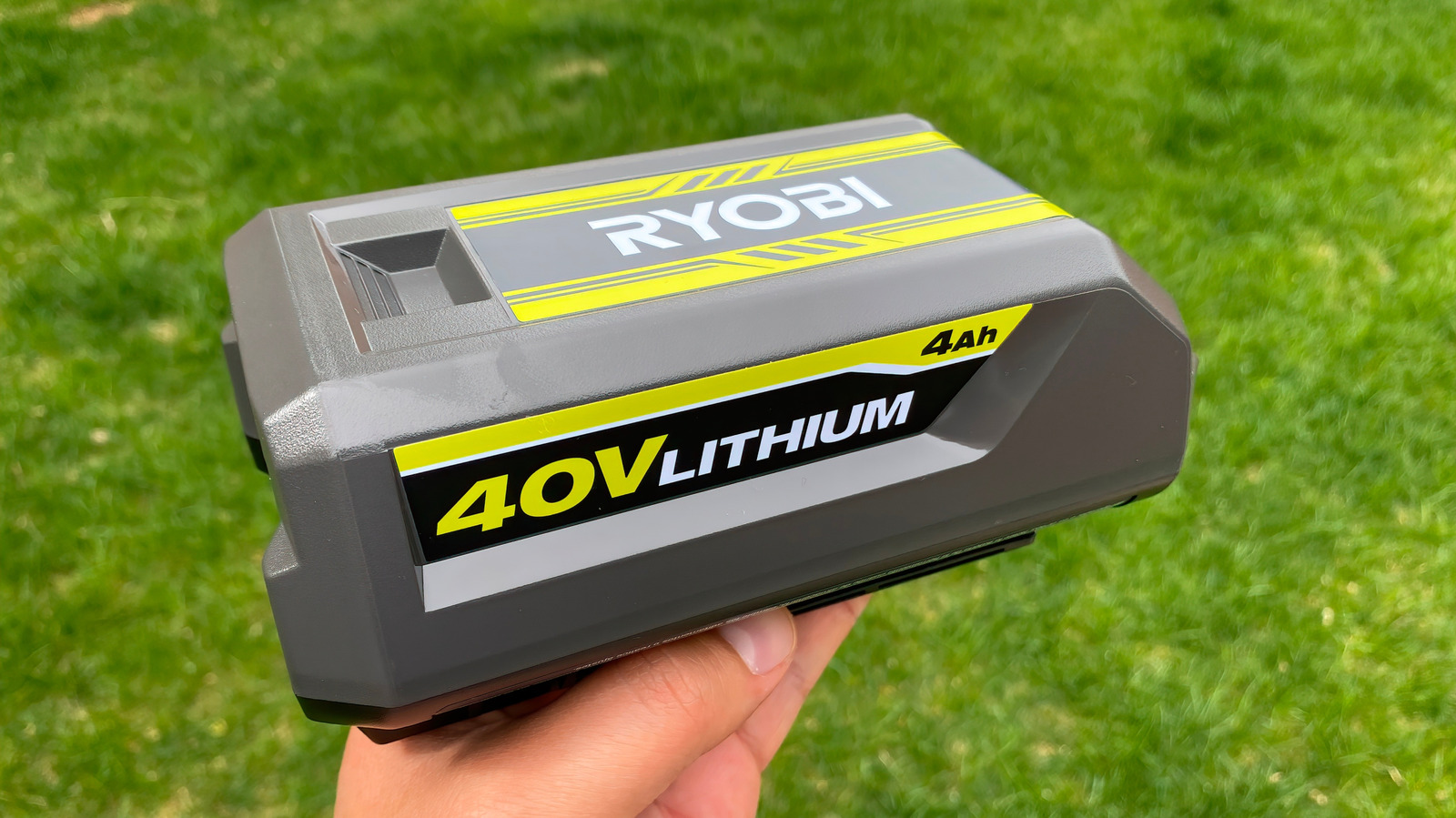




































































































































































![[The AI Show Episode 146]: Rise of “AI-First” Companies, AI Job Disruption, GPT-4o Update Gets Rolled Back, How Big Consulting Firms Use AI, and Meta AI App](https://www.marketingaiinstitute.com/hubfs/ep%20146%20cover.png)



















































































































